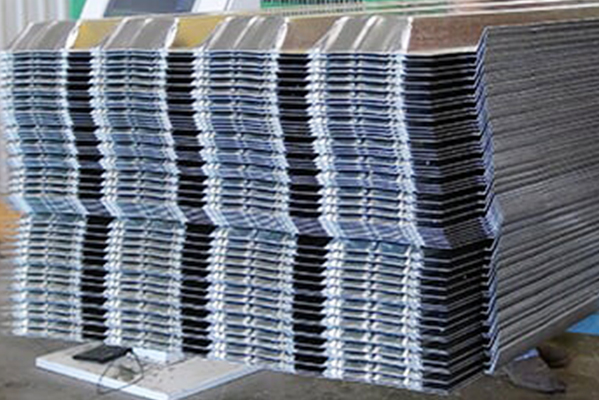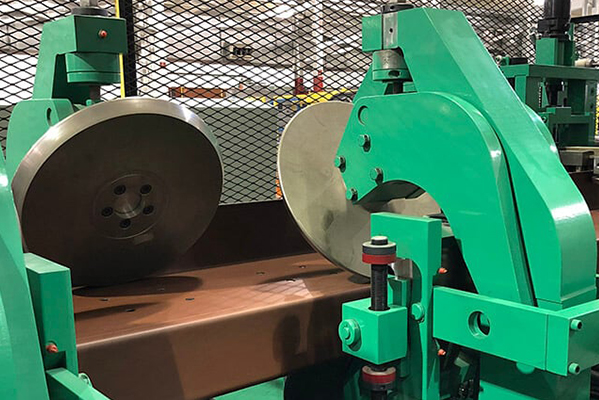Navigation Menu
Contact Us
- Email:
- info@wxavatar.com
- Address:
- Yurong Village, Yuqi Street, Huishan District, Wuxi, China.
Release Date:Oct 23, 2024 Visit:173 Source:ZCM
In the ever-evolving landscape of manufacturing, the adoption of cutting-edge technology plays a pivotal role in improving processes and boosting productivity. One such technological advancement that has recently gained traction in the heavy gauge roll forming industry is a new set of innovations designed to enhance efficiency and precision. These developments not only streamline production workflows but also elevate the quality of the final products, meeting the rigorous demands of modern industries.

Heavy gauge roll forming is a critical process in the fabrication of durable components for sectors such as construction, automotive, and aerospace. Traditional methods, while effective, often faced challenges in terms of speed, accuracy, and material waste. The introduction of new technology addresses these issues, transforming the roll forming process into a more efficient and reliable endeavor.
One key technological innovation is the implementation of advanced computer-aided design (CAD) and computer-aided manufacturing (CAM) systems. These systems allow manufacturers to design and simulate roll forming processes with unprecedented precision. By integrating CAD and CAM, engineers can predict potential issues early in the design phase, optimize tool paths, and minimize material waste. This, in turn, leads to shorter production cycles and cost savings.
Another significant technological leap is the adoption of automation and robotics in the roll forming process. Automated systems can handle heavy gauge materials with greater precision and consistency, reducing the risk of human error. Robots are programmed to perform repetitive tasks with high accuracy, freeing up human operators to focus on more complex and value-added activities. This automation not only enhances productivity but also creates a safer working environment by reducing the risk of injuries associated with manual handling of heavy materials.
In addition, the integration of real-time monitoring and data analytics systems has revolutionized quality control in heavy gauge roll forming. These systems collect and analyze data throughout the production process, enabling manufacturers to identify inefficiencies and make data-driven decisions to improve performance. By tracking key performance indicators such as machine utilization, material flow, and product quality, manufacturers can quickly address issues before they impact production schedules or product quality.
The benefits of these technological advancements extend beyond efficiency and precision. They also contribute to a more flexible manufacturing environment. With the ability to quickly adapt to changes in product design and customer requirements, manufacturers can stay competitive in an increasingly dynamic market. This flexibility is crucial in today's fast-paced business environment, where agility and responsiveness are key to success.

In summary, the integration of new technology in heavy gauge roll forming has transformed the process, enhancing efficiency, precision, and productivity. By leveraging advanced CAD/CAM systems, automation, and real-time monitoring, manufacturers can achieve significant improvements in their production processes. These technological advancements not only meet the current demands of the industry but also pave the way for future innovations, ensuring that heavy gauge roll forming remains a cornerstone of modern manufacturing.